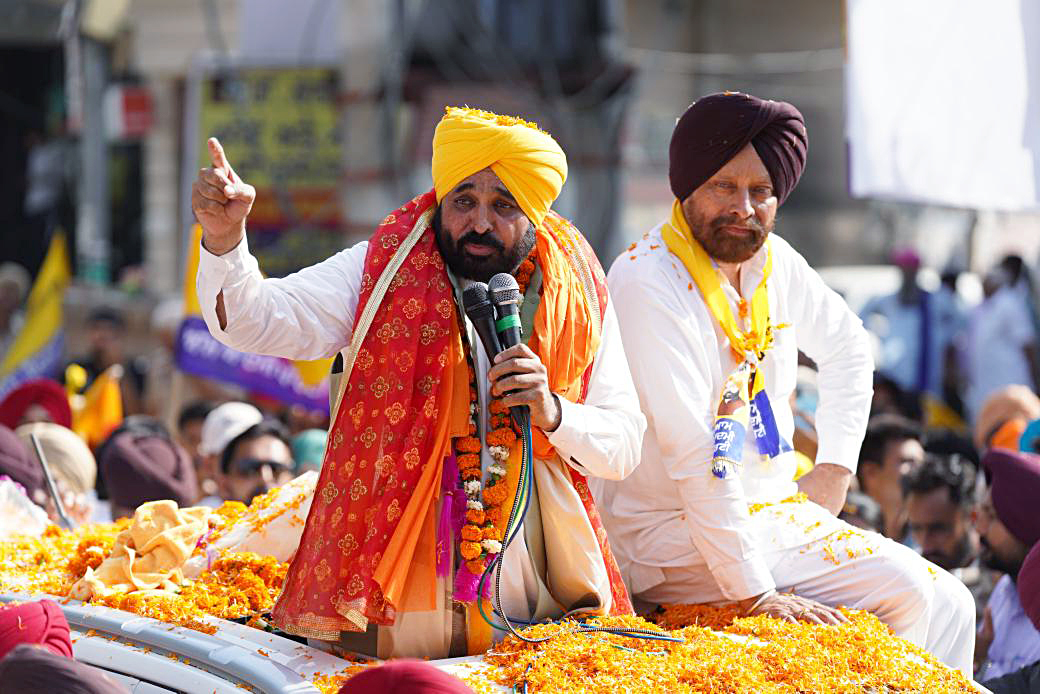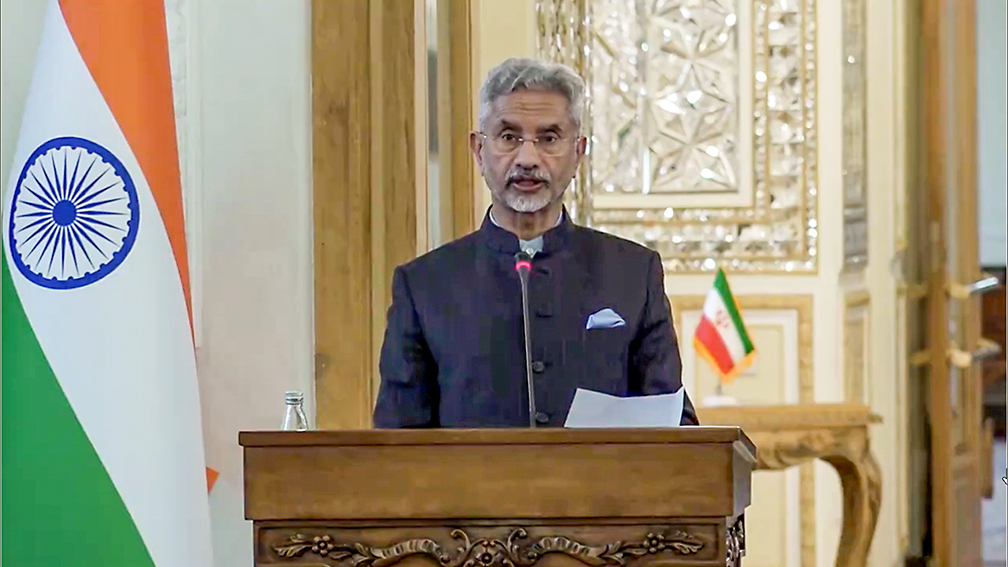The ECI conveyed the information in a Press Note with the subject “Biennial Elections to the Council of States to fill the seats of members retiring in April 2024.”…reports Asian Lite News
The Election Commission of India (ECI) on Monday announced elections for 56 Rajya Sabha seats in 15 States, the polls for which will be held on February 27.
The ECI conveyed the information in a Press Note with the subject “Biennial Elections to the Council of States to fill the seats of members retiring in April 2024.”
As per the offical note, the term of office of 56 members of the Council of States elected from 15 states is due to expire on their retirement in April 2024.
The highest number of members, i.e. 10, will be retiring from the state of Uttar Pradesh on April 2, 2024, said the press note.
Both Maharashtra and Bihar have 6 members retiring on April 2, 2024. Meanwhile, West Bengal and Madhya Pradesh will each have 5 members retiring on the same date.
Both Karnataka and Gujarat will witness the retirement of 4 members on April 2, 2024.
According to the press note, Andhra Pradesh, Telangana, Odisha, and Rajasthan, each have three members retiring. While members from Andhra Pradesh and Telangana are retiring on April 2, 2024, the members from Odisha and Rajasthan are retiring on April 3, 2024.
Chhattisgarh, Haryana, Himachal Pradesh and Uttarakhand will each witness the retirement of one member on April 2, 2024.
Xxx
Maharashtra’s splintered political spectrum
The upcoming biennial elections for 6 Rajya Sabha Seats are being held at a time when the state’s political spectrum is sharply divided into different entities, comprising the ruling MahaYuti belonging to the NDA and the Opposition Maha Vikas Aghadi of the INDIA bloc.
The MahaYuti consists of the Shiv Sena-Bharatiya Janata Party-Nationalist Congress Party (AP), while the MVA is made of Congress-Nationalist Congress Party (SP)-Shiv Sena (UBT) — with their respective strengths in the 288-member Maharashtra Assembly, which will be the electoral college for the RS polls.
The retiring RS members are BJP’s Narayan Rane, Prakash Javadekar and V. Muraleedharan, Congress’ Kumar Ketkar, Shiv Sena (UBT)’s Anil Desai and NCP (SP)’s Vandana Chavan.
They were all elected in the March-April 2018 elections when the political combinations were different — the BJP was with the undivided Shiv Sena then, and the Congress was with the undivided NCP.
Today, the BJP and the Congress are allied with one faction each of the split Shiv Sena and NCP but the ruling MahaYuti has a combined strength of over 200 MLAs in its fold.
This time, both sides are playing cautiously as the legislative combination in the 288-member house has drastically changed in the past four years, plus the need to keep all allies in good humour ahead of the upcoming Lok Sabha elections.
Presently on the ruling side, the BJP has 105 members, Shiv Sena 40, NCP (AP) around 35-40 and on the Opposition side Congress 45, NCP (SP) around 13-18, and Shiv Sena (UBT) has 16.
The other smaller parties are: Bahujan Vikas Aghadi has 3 MLAs, Samajwadi Party, All India Majlis-e-Ittehadul Muslimeen, Prahar Janshakti Party have 2 each, and one each are from Communist Party of India (M), Peasants & Workers Party, Maharashtra Navnirman Sena, Swabhimani Party, Rashtriya Samaj Party, Jan Surajya Party and Krantikari Shetkari Party, plus 13 Independent legislators, with several supporting the government.
With the highly emaciated Shiv Sena (UBT) and NCP (SP), the Congress has been catapulted to a critical political position, though the BJP is unlikely to allow the elections without a tough contest and bagging the highest number of seats.
After the Election Commission declared the poll schedules on Monday, hectic lobbying has begun by hopefuls in all the parties for the coveted tickets to the Upper House of Parliament in what will be the last (indirect) election before the Lok Sabha elections this year.












